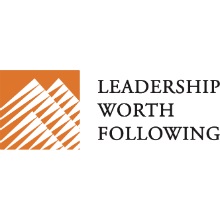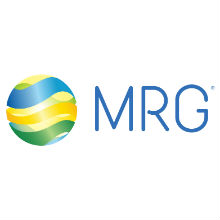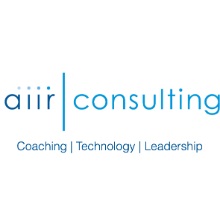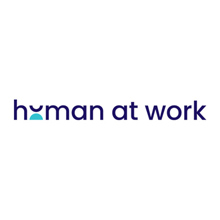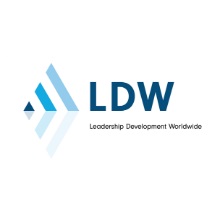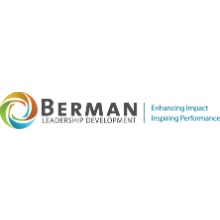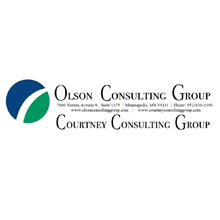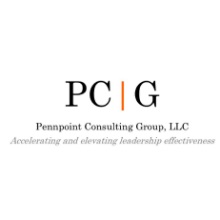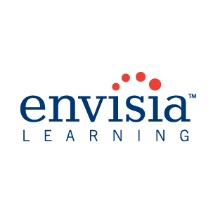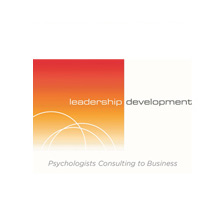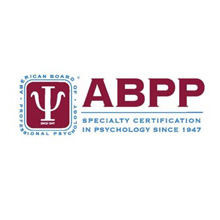Developing Employee Resilience Through Organizational Initiatives
By: Joana R. C. Kuntz
In the early hours of September 4, 2010, I was abruptly awakened by a deafening roar and violent jolts that lasted almost a minute. This 7.1-magnitude earthquake was the first of more than eleven thousand seismic events that shook the Canterbury region in New Zealand to its core over the next two years. These left an indelible mark on the community, from substantial infrastructure damage to disrupted businesses and services. The Canterbury earthquakes posed a major resilience test for the region’s infrastructure and people, the latter evident in reports of significant declines in mental health and well-being.
The factors that contribute to maintaining and increasing infrastructure resilience and psychological health following a disaster are well documented, and both these areas were given considerable attention during the recovery process. However, my colleagues and I (Employee Resilience Research) were fairly surprised to discover how little was known about resilience in organizations, especially from the employees’ standpoint. We set out to examine the following:
- What defines a resilient employee?
- What is the relationship between psychological resilience and employee resilience?
- Does the development of employee resilience require exposure to significant adversity?
- What organizational factors contribute to employee resilience?
- How can employees contribute to developing and maintaining a resilient organization?
To answer these questions, we partnered with another team through Resilient Organisations (www.resorgs.org.nz/), a research and consulting group based in New Zealand, and together embarked on a large-scale 3-yr project. Our project aimed to identify organizational-resilience factors (i.e., What characteristics distinguished surviving/thriving organizations from struggling organizations following the earthquakes?) and to further our understanding of employee resilience. To that end, we surveyed a number of finance, infrastructure, government, research-and-development, and education organizations operating in the Canterbury region. Guided by the outcomes of this research by and the existing body of evidence on organizational resilience, individual resilience, and workplace well-being, we were able to draw several conclusions about employee resilience:
First, employee resilience is reflected in adaptive, learning, and networking behaviors in the workplace. A resilient employee leverages work resources in ways that benefit the organization and also contribute to personal well-being and growth.
Second, employee resilience is not merely a trait and it can be developed. Individual characteristics, contextual factors, and moderate levels of exposure to adversity contribute to psychological resilience. In turn, a resilient mind-set supports the ongoing development and enactment of resilient behaviors.
Third, resilient behaviors contribute to effective crisis management, and they may become more salient in response to a crisis. Nevertheless, these behaviors are largely proactive and occur independently from adverse events, ensuring organizational preparedness and innovation. Employee resilience is not contingent on exposure to a significant adverse event.
Fourth, our research indicates that organizations develop employee resilience through a number of social processes, facilitated by leaders. These processes include (a) valuing employees by acknowledging their contributions and attending to their well-being, (b) developing proactive learning and networking capabilities through role-modelling, feedback, and participation, and (c) promoting collaboration and learning through systems that highlight the benefits of networking and knowledge sharing.
Fifth, the relationship between employee resilience and organizational resilience is mutually enhancing, one in which both parties are actively engaged in the ongoing development of capabilities and resources that enhance agility, innovation, and well-being outcomes over time.
In the September 2017 issue of Consulting Psychology Journal: Practice and Research, my coauthors Sanna Malinen and Katharina Näswall and I discuss these conclusions in depth, and, in addition to offering an operational definition of employee resilience and identifying key organizational factors that promote it, we propose a series of organizational initiatives that can be integrated into everyday practice to support its ongoing development. These include:
Value employees as the starting point for developing resilience. For the most part, this is a fairly simple and inexpensive undertaking. Employees feel valued (and will reciprocate with resilient behaviors) when organizations provide formal and informal recognition for their contributions, support the implementation of health and well-being initiatives (including employee-led initiatives), and have policies and practices in place that emphasize team-building and workplace civility.
Invest in practices that support human-capital development for resilience.Employees will be encouraged and better able to utilize and generate resources in organizations that focus on the development of their strengths, support participative job crafting, model support-seeking behaviors, and create a coaching culture in which the ongoing provision of feedback and support are espoused, evaluated, and rewarded.
Provide support for challenges at work through effective and strategic communications. Change often poses a significant threat to engagement and well-being, with obvious implications for the enactment of proactive and learning behaviors. Organizations can maintain momentum and resilience by framing change as an opportunity to employees (e.g., highlighting developmental or career opportunities and improved workflow) and by conveying a realistic yet compassionate perspective on ways in which the change will affect employees’ workload and well-being.
Shape the culture and systems to foster learning and collaboration. Employees infer a great deal about whether their organization prioritizes learning and collaboration from its practices, norms, and systems. These behaviors are more likely to occur when the organization clearly communicates their relationship to performance and development, formally acknowledges exemplary learning and collaboration instances via rewards, invests in technologies that support knowledge sharing, and incorporates reflexivity and nonpunitive error-management approaches in training and practice.
Our team continues to develop research to increase our understanding of employee resilience, especially of the individual, leadership, and organizational factors that contribute to its development, and of its contributions to organizations in both stable and crisis contexts.
Original Published Article:
Consulting Psychology Journal: Practice and Research publishes evidence-based articles that advance the body of professional knowledge and expertise for providing psychologically based services to improve organizations and the people who work in them. It is a unique peer-reviewed journal; CPJ articles meet scientific standards for rigor and support but are also readable, practical, and actionable.
